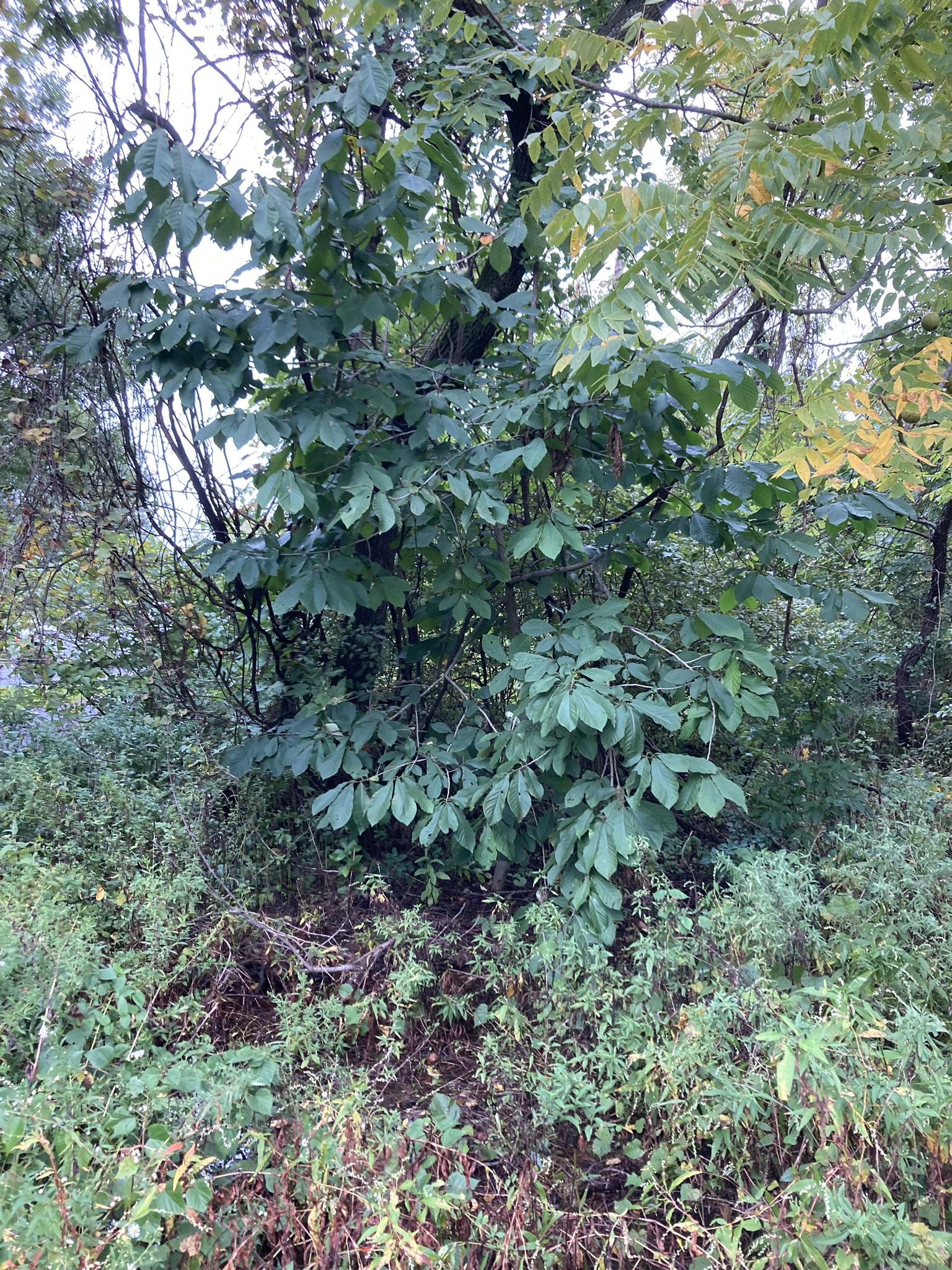 Image 1 of 5
Image 1 of 5

 Image 2 of 5
Image 2 of 5

 Image 3 of 5
Image 3 of 5

 Image 4 of 5
Image 4 of 5

 Image 5 of 5
Image 5 of 5






Maple Leaf Viburnum
🍂 Viburnum acerifolium (Mapleleaf Viburnum)
Deciduous Shrub | Eastern North American Native | Shade-Tolerant | Ecological Workhorse
Highlights for Native Plant Enthusiasts:
🐛 Host plant for native moths and butterflies, including the Spring Azure and Hummingbird Clearwing
🐦 Small black berries ripen in late summer—loved by thrushes, cardinals, and grouse
🌿 Grows naturally in dry to moist woodland understories, rocky slopes, and forest edges
🍁 Stunning fall foliage in soft pinks, purples, and burgundy tones
🌳 Excellent for layering structure in native shade gardens, hedgerows, and forest restorations
🌱 Easy to grow, colonizes gently through suckering—great for soil stabilization and habitat density
Growing Information:
Height: 4–6 ft | Spread: 3–6 ft
Soil: Dry to average, well-drained soils; adaptable to acidic and rocky conditions
Light: Part shade to full shade (tolerates more sun with moisture)
Zones: 3–8
Type: Small deciduous shrub
Growth Rate: Slow to moderate
Why Native Growers Love It:
Viburnum acerifolium is a quiet hero of the forest floor. Shade-tolerant and adaptable, it fills the niche between canopy and ground layer—providing cover, fruit, and forage for a wide variety of wildlife. Its distinctive, maple-shaped leaves and colorful fall display make it a botanical standout, even in low-light settings.
Perfect for woodland edges, native shade gardens, naturalistic plantings, and restoration sites, this viburnum thrives in conditions where many shrubs won't—and it contributes to layered, dynamic, and ecologically rich landscapes.
Seed-grown from wild-source genetics. No cultivars. No synthetic herbicides or pesticides.
Pairs beautifully with spicebush, witch hazel, ferns, sedges, and native spring ephemerals.
🛒 Plant Mapleleaf Viburnum—rebuild the understory, feed the wild, and let the woods come alive.
🍂 Viburnum acerifolium (Mapleleaf Viburnum)
Deciduous Shrub | Eastern North American Native | Shade-Tolerant | Ecological Workhorse
Highlights for Native Plant Enthusiasts:
🐛 Host plant for native moths and butterflies, including the Spring Azure and Hummingbird Clearwing
🐦 Small black berries ripen in late summer—loved by thrushes, cardinals, and grouse
🌿 Grows naturally in dry to moist woodland understories, rocky slopes, and forest edges
🍁 Stunning fall foliage in soft pinks, purples, and burgundy tones
🌳 Excellent for layering structure in native shade gardens, hedgerows, and forest restorations
🌱 Easy to grow, colonizes gently through suckering—great for soil stabilization and habitat density
Growing Information:
Height: 4–6 ft | Spread: 3–6 ft
Soil: Dry to average, well-drained soils; adaptable to acidic and rocky conditions
Light: Part shade to full shade (tolerates more sun with moisture)
Zones: 3–8
Type: Small deciduous shrub
Growth Rate: Slow to moderate
Why Native Growers Love It:
Viburnum acerifolium is a quiet hero of the forest floor. Shade-tolerant and adaptable, it fills the niche between canopy and ground layer—providing cover, fruit, and forage for a wide variety of wildlife. Its distinctive, maple-shaped leaves and colorful fall display make it a botanical standout, even in low-light settings.
Perfect for woodland edges, native shade gardens, naturalistic plantings, and restoration sites, this viburnum thrives in conditions where many shrubs won't—and it contributes to layered, dynamic, and ecologically rich landscapes.
Seed-grown from wild-source genetics. No cultivars. No synthetic herbicides or pesticides.
Pairs beautifully with spicebush, witch hazel, ferns, sedges, and native spring ephemerals.
🛒 Plant Mapleleaf Viburnum—rebuild the understory, feed the wild, and let the woods come alive.































